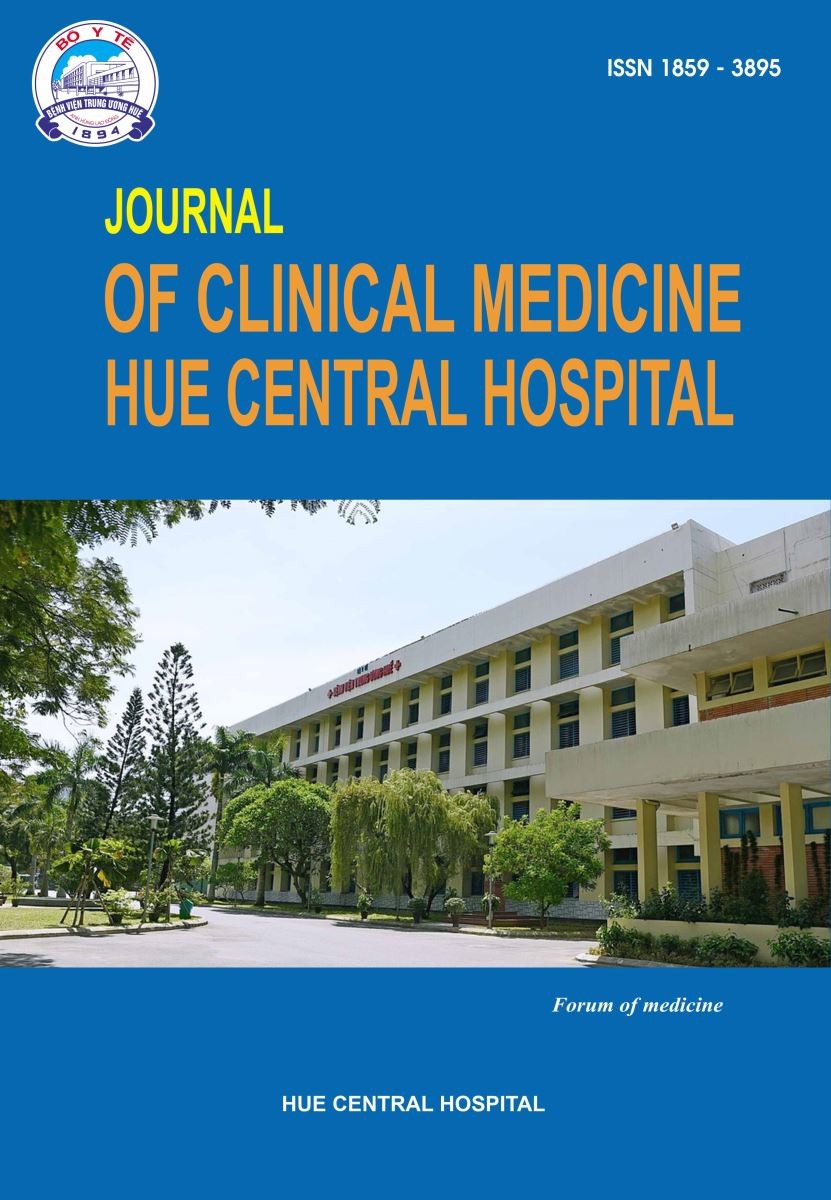THE CORRELATION BETWEEN THE FEMORAL ARTERY INTIMA-MEDIA THICKNESS AND THE SEVERITY OF CORONARY ARTERY DISEASES
DOI: 10.38103/jcmhch.2021.69.14
Abstract
Background: A pre-clinical sign of atherosclerisis is hypertrophy of arterial wall. F.IMT (Femoral
intima-media thickness) is non-invasive marker of arterial wall alteration, which can easily be assessed by
high resolusion B mode ultrasound. We aim to investigate the correlation between femoral intima-media
thickness (F.IMT) and the severity of coronary artery disease (CAD).
Methods: 111 consecutive patients with coronary artery disease (CAD) were enrolled. Femoral IMT
(F.IMT) was assessed by B mode ultrasound with 7.5 - 10 MHz probe about 10 -15 mm before bifurcation
to profond and superficial femoral arteries. The F.IMT < 1.0 mm is named as “normal”, F.IMT ≥ 1.0 mm and
< 1.5 mm is “thick” and ≥1.5 mm is defined as “atherosclerosic femoral plaque”. The severity of CADs was
calculated by Gensini Score.
Results: Mean F.IMT is 1.57 ± 1.23 mm, 55% patients with abnormal F.IMT (male 57.0% và female
50.0%), 36.9% of patients with CAD have atherosclerosic femoral plaque. There is a good correlation
between F.IMT and severity of CAD by Gensini score and its risk factors (age, plasma glucose, smoking,
hypertension…)
Conclusion: Hospitalised patients with CAD are likely to have concomittant PAD with high frequency of
femoral artery wall changes. F.IMT could be a helpful diagnostic marker and therapeutic points.

